MZIN
public service.
visual culture.
print matters.
mail[@]mzin.de
0049-0341-9911135
instagram facebook
(paypal accepted)
(all prices in euro)
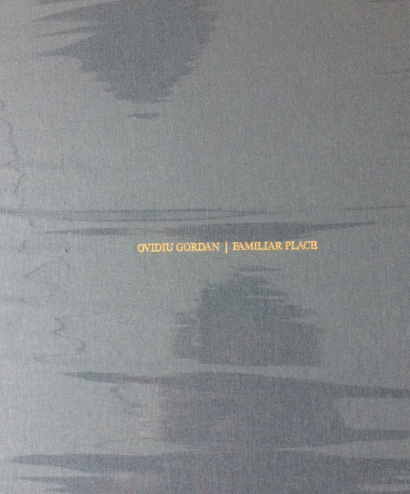


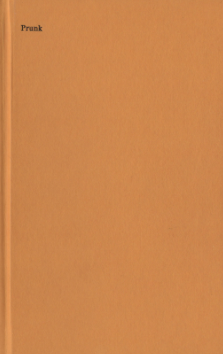
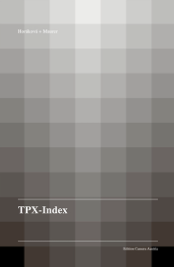




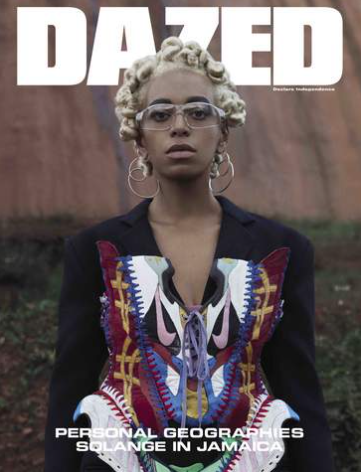
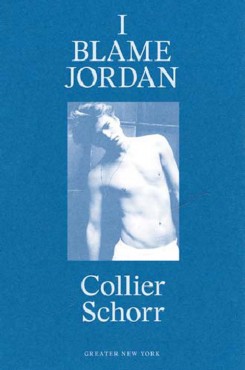
MZIN
public service.
visual culture.
print matters.
mail[@]mzin.de
0049-0341-9911135
instagram facebook
(paypal accepted)
(all prices in euro)

The strangeness of familiarity. As a visual artist, I can only say I was blessed to be born in Romania. In my country, almost everything is a picture. I do not have to search for images, I just live my life and pictures happen. Actually, the more I live my life the better my images get. People here have a specific quality, a sort of external image of poverty mixed together with profound internal abundance and creativity. A wonderful balance of roughness and sensibility. It all just comes together naturally, like an old pair of shoes you’ve worn thousands of times, they look worn out, but they’re your favorite pair, they’re comfortable, and then there’s all the memories you have together, places you’ve been, people you’ve met. You look at them and they make you smile. There is a lot of beauty in familiarity, like the classic Dacia car made in communist Romania, a symbol of nostalgia. All Romanians look upon it with fondness, especially the older generations but not because it was made in communist times but because it used to be the Romanian all inclusive family car. There are countless personal family memories attached to the car's instantly recognizable image. As a child I was, and still am, passionate about nature. I used to collect cactus plants, I had over 100 species of cacti and over 300 plants in total, I liked looking at them and I did it almost every day. As I watched every individual plant I knew every plants story of how I came to possess it. Some I grew from seed, some I bought from other collectors, there were some I got as a gift and some I stole from botanical gardens. There was always a story there. So, for me the image of each cactus plant contained this precious memory of time spent together. Family pictures work the same way, there is the picture, the actual physical photograph, and then there is the memory attached to it, the metaphysical or spiritual side of the image. My approach to photography is similar to the family snapshot, yet somehow it is the opposite, I already have the memory and I’m now searching, or rather waiting for the memory to manifest itself. The result is strangely familiar. The images in this project were made by Ovidiu Gordan in the counties of Sălaj, Bihor and Cluj, Romania, between 2007 and 2017

„Be-Hauptungen“ zum Zustand des ICH Kappen, Mützen, Helme, Turbane, aber auch Tiere, Gebäude, Kulinarisches und Florales türmen sich virtuos über den Gesichtern und bezeichnen all die anderen. Claudia Rößger setzt diese Attribute aus dem für sie so typ …

Herausgeberin: Vera Ida Müller Gestaltung: Kripsin Heé, Zürich / Berlin Tim Wetter, Berlin Produktion: Medialis Berlin Auflage: 300 ISBN: 978-3-909090-93-8 © 2018, Vexer Verlag St. Gallen / Berlin © 2018, Michael Barthel, Leipzig

Hrsg. von Reinhard Braun. Anlässlich der gleichnamigen Ausstellung, Camera Austria, Graz, 10.3. – 29.4.2018. Mit einem Textbeitrag von Reinhard Braun (ger./eng.). Edition Camera Austria, Graz, 2018. 256 Seiten, 15,2 × 23,5 cm, 118 Duoton-Abbildungen. I …

To go “into the woods” is to enter both nightmare and wonderment, chaos and serenity. The woods are the threatening realm of wolves and witches, yet also a space of peace and introspection. They confound and illuminate, disorient and clarify, endanger …

Die Frage „Wem gehört der Boden?“ ist für alle Gesellschaften zentral, weil die Ressource Raum genauso lebensnotwendig ist wie Luft und Wasser. Und doch wird die Bodenfrage von Architekt_innen selten explizit behandelt. Liegt es daran, dass sie „in erster Linie eine Illusion des Politischen produzieren, nicht zuletzt, weil sie ihre Projekte realisiert sehen möchten“? Was tun? Wenig, weil es keine andere Alternative gibt als den Boden zu politisieren. Viel, weil bisher noch jeder daran gescheitert ist. Diese Ausgabe will dazu beitragen, die Vorstellungsorientierung hinsichtlich des Grundes der Stadt zu verändern.

Wenn die Frage nach dem Sinn der Kunst gestellt wird, so ist das entweder ein Zeichen für ein gestörtes Verhältnis zu ihr oder es geht, im Gegensatz dazu, um ein hoffnungsreiches Momentum, das die lebendige Sinnlichkeit und zeitgemäße Sinnperspektive von Kunst erforschen will. Zweites trifft genau Absicht und Zweck der in diesem Themenband versammelten Essays, Gespräche und Statements. Prominente Autoren, Philosophen, Künstler und Kunstvermittler widmen sich multiperspektivisch den folgenden Schlüsselfragen: Wozu dient Kunst? Was kann Kunst bewirken? Und wie denkt die Kunst? Die daraus resultierende Vielfalt und Vielzahl an inspirierenden Thesen, Strategien und Antworten folgt einer gemeinsamen Erkenntnis: Kunst regt nicht nur zu einer tieferen Befragung des eigenen Ich an. Sie in unseren Sinneskosmos einfließen zu lassen, führt zu einer offeneren Weltsicht, die eines ermöglicht: Mehrdeutigkeit statt Eindeutigkeit, Dissens statt Konsens, Visionen von Wahrheit statt einer einzigen Wahrheit.
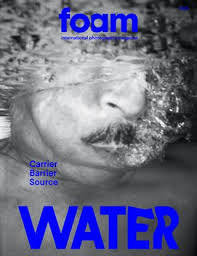
Water is as broad and vast as photography itself can be. This issue celebrates the beauty and vital role water plays in our lives. It brings into focus the value that is added to this liquid, either as a ritualistic cleanser or as a forceful means of f …

Avant-garde and ironic, Dull is aimed at those in the know who are looking for a good time while rediscovering fashion. It showcases portraits of young designers, figures who are helping to change the face of fashion, and big names who have succeeded i …

DAPPER DAN is hot off the press with its 17th issue, in which we pore over Anthony Vaccarello’s take at Saint Laurent, probe Jean Paul Gaultier on the male gaze and investigate Clare Waight Keller’s stealth subversion at Givenchy. We also speak to arguably the world’s most famous curator, Hans Ulrich Obrist, who tells us about interviewing artists, and conduct our own artist interview with Katerina Jebb, ahead of the upcoming exhibition at The Met Museum in which she was involved. In addition to this, Swedish blues singer Brør Gunnar Jansson tells about mixing music and storytelling, and we visit multi-talented tattoo artist/designer/publisher Maxime Büchi in his studio in London.

Dazed Spring/Summer 2018 We all have personal geographies — places of refuge, places you carry with you and keep safe. For the spring/summer issue of Dazed, Solange takes us to hers: to the precious pockets of Jamaica that have proven to be a spiritual …

MoMA PS1 presents the fourth iteration of Greater New York. Recurring every five years, the exhibition has traditionally showcased the work of emerging artists living and working in the New York metropolitan area. In conjunction with the exhibition, Mo …
By continuing to use the site, you agree to the use of cookies. more information
The cookie settings on this website are set to "allow cookies" to give you the best browsing experience possible. If you continue to use this website without changing your cookie settings or you click "Accept" below then you are consenting to this.